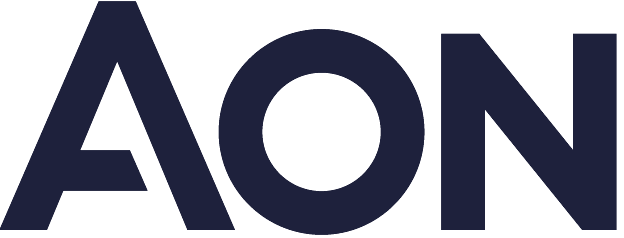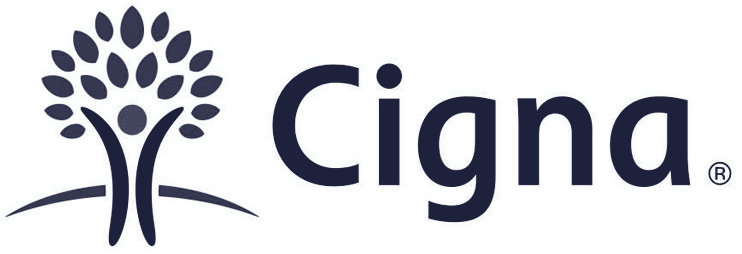In-person workshop with Michael Rasmussen
Navigating provision 29 of the UK Corporate Governance Code.
Join global GRC authority Michael Rasmussen for a deep dive into Provision 29. Walk away with practical strategies to align risk and control with business objectives, deliver board confidence, and satisfy regulators.
Learn more






.png)




